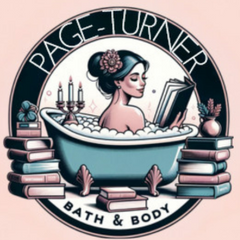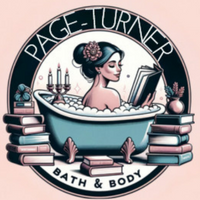Alice in Wonderland's Victorian England: Reflections of an Era
In Lewis Carroll's "Alice in Wonderland," the curious and imaginative world Alice tumbles into reflects many aspects of Victorian England, the era in which Carroll wrote his enduring tale. This period, marked by the reign of Queen Victoria from 1837 to 1901, was a time of significant social, economic, and technological changes that shaped British society in profound ways.
Social Stratification and Class Consciousness: Victorian England was characterized by a rigid class system. The upper class, including the aristocracy and newly wealthy industrialists, held most of the power and wealth. The middle class, consisting of business owners and professionals, was growing in influence, while the working class faced harsh living and working conditions. The class distinctions are subtly mirrored in the characters Alice encounters, such as the King and Queen of Hearts representing the authority and the whims of the upper class.
Industrial Revolution and Technological Advancements: The era was marked by the Industrial Revolution, which brought about advancements in technology and a shift from agrarian to industrial economies. This period saw the construction of railways, increased factory production, and urbanization. The rapid changes and the sometimes bizarre inventions of the time are echoed in the bewildering changes Alice experiences in Wonderland.
Education and Women's Roles: Education during this time was largely reserved for the upper and middle classes, with limited opportunities for the lower classes. Women's roles were predominantly confined to the home, focusing on domestic responsibilities and raising children. Alice's character, as a young girl navigating a confusing world, can be seen as a reflection of the limited and predetermined roles for women and girls in Victorian society.
Morality and Etiquette: Victorian England was also known for its strict moral codes and social etiquette. There was a strong emphasis on proper behavior, modesty, and manners, particularly among the upper and middle classes. The absurd rules and etiquette that Alice encounters in Wonderland, such as the Mad Hatter's tea party, reflect the often nonsensical and rigid expectations of Victorian society.
Colonialism and British Imperialism: This era was the height of British Imperialism, with the British Empire expanding across the globe. The sense of British superiority and the mission to "civilize" other parts of the world is subtly critiqued in Carroll's portrayal of the imperious characters like the Queen of Hearts and her unreasonable demands.
Science and Rationalism vs. Fantasy and Imagination: The Victorian era was a time of scientific discovery and a growing emphasis on rationalism. However, there was also a fascination with the fantastical and supernatural, as seen in the popularity of fairy tales and fantasy novels. "Alice in Wonderland," with its blend of the absurd, fantastical, and logical, captures this tension between the new scientific rationalism and the traditional love of fantasy.
In conclusion, "Alice in Wonderland," while a fantastical tale, offers a unique lens through which to view and understand the complexities of Victorian England. Carroll's whimsical world mirrors the societal norms, attitudes, and transformations of his time, providing not just entertainment but also insightful commentary on the world he lived in.


Leave a comment